Market Analysis
In-depth Analysis of Anionic Surfactants Market Industry Landscape
The market dynamics of anionic surfactants are undergoing significant changes influenced by various factors that impact both the supply and demand sides of the chemical industry. Anionic surfactants, a class of surface-active agents with a negatively charged hydrophilic group, find extensive applications in diverse sectors, including household cleaning products, personal care items, and industrial processes. The market dynamics are characterized by factors such as raw material availability, environmental regulations, consumer preferences, and technological innovations.
Raw material availability plays a crucial role in shaping the dynamic nature of the anionic surfactants market. The primary raw materials for anionic surfactant production include petrochemical-derived substances like fatty alcohols and oleochemicals. Fluctuations in the availability and prices of these raw materials directly impact the cost structure of anionic surfactants, influencing market dynamics. The industry's ability to secure a stable supply chain of raw materials is vital for ensuring consistent production and meeting the demand from various end-user industries.
Environmental regulations are significant drivers shaping the market dynamics of anionic surfactants. As concerns about environmental sustainability and biodegradability grow, regulatory bodies impose stricter standards on the use and formulation of surfactants. Manufacturers are compelled to invest in research and development to produce anionic surfactants with improved environmental profiles, aligning with regulatory requirements and market preferences. The adherence to eco-friendly practices and the development of sustainable formulations influence the competitive landscape and overall market dynamics.
Consumer preferences play a pivotal role in determining the market dynamics of anionic surfactants, particularly in sectors such as personal care and household products. Consumers increasingly seek products that offer effective cleaning or cosmetic properties while being environmentally friendly and gentle on the skin. The demand for sulfate-free and biodegradable anionic surfactants has risen in response to these preferences. As a result, manufacturers must adapt their formulations to meet consumer expectations, driving innovation and influencing the market dynamics.
Technological innovations contribute significantly to the dynamics of the anionic surfactants market. Ongoing research and development efforts focus on creating novel surfactant structures, improving production processes, and enhancing performance characteristics. Advanced manufacturing techniques and the discovery of new raw materials enable the production of anionic surfactants with tailored properties, such as increased stability, foaming capacity, and mildness. These technological advancements impact the market dynamics by providing manufacturers with opportunities to differentiate their products and cater to specific application needs in various industries.
Competition within the market fosters innovation and efficiency in anionic surfactant production. Companies continually strive to differentiate themselves by offering high-quality products, exploring new formulations, and optimizing manufacturing processes. Collaborations between surfactant producers, research institutions, and end-users contribute to ongoing research and development, driving innovation and influencing the competitive landscape of the anionic surfactants market.
Socio-economic factors, including population growth, urbanization, and lifestyle changes, contribute to the market dynamics of anionic surfactants. As urban populations increase and consumer lifestyles evolve, the demand for personal care and household products containing anionic surfactants rises. Economic conditions, consumer purchasing power, and trends in hygiene practices directly impact the consumption patterns of anionic surfactants, shaping the overall market dynamics.

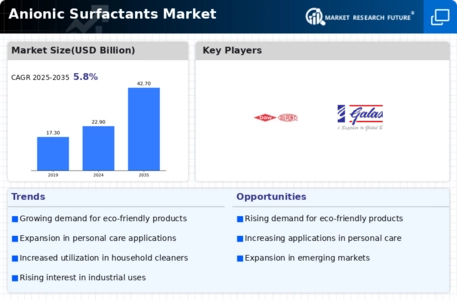

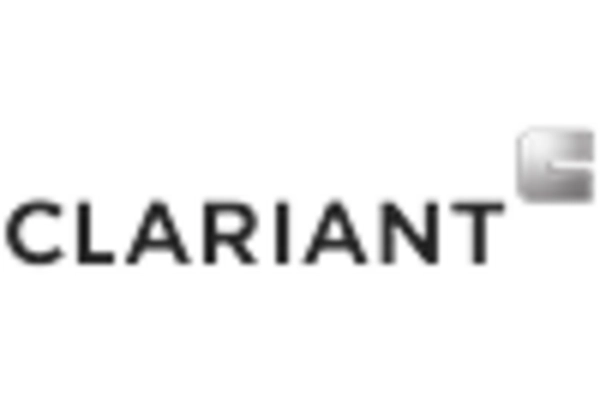
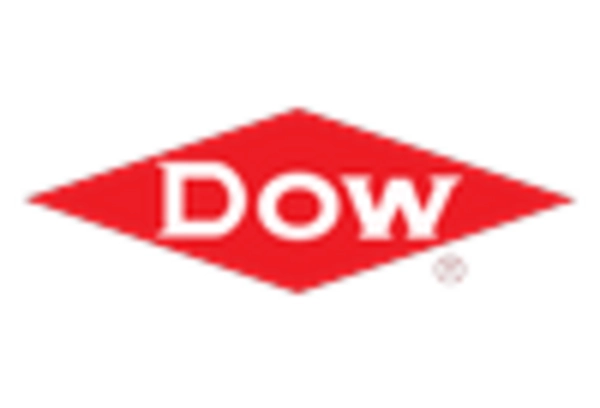
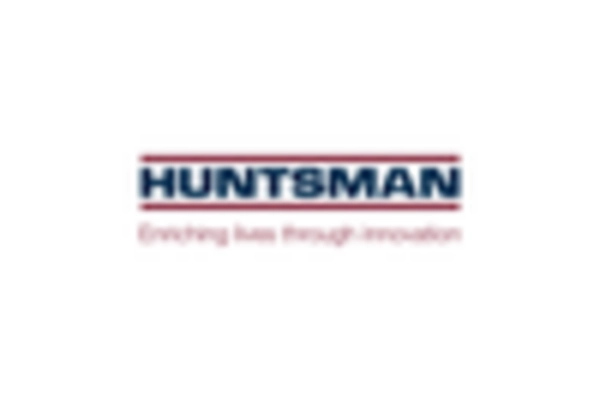
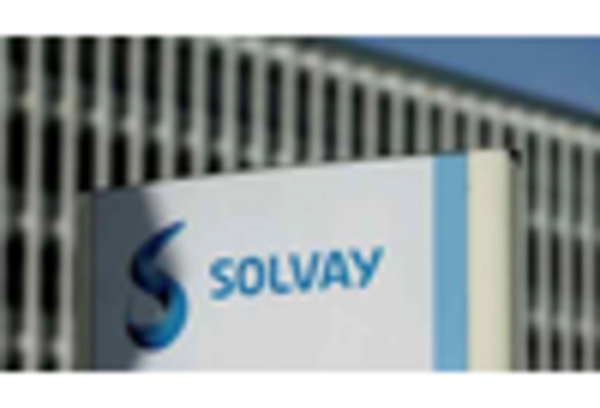
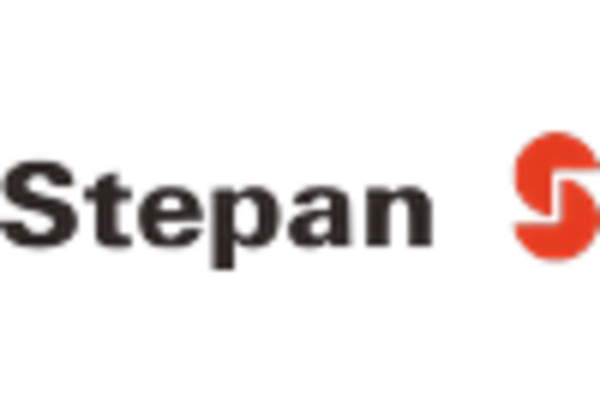









Leave a Comment